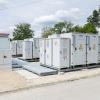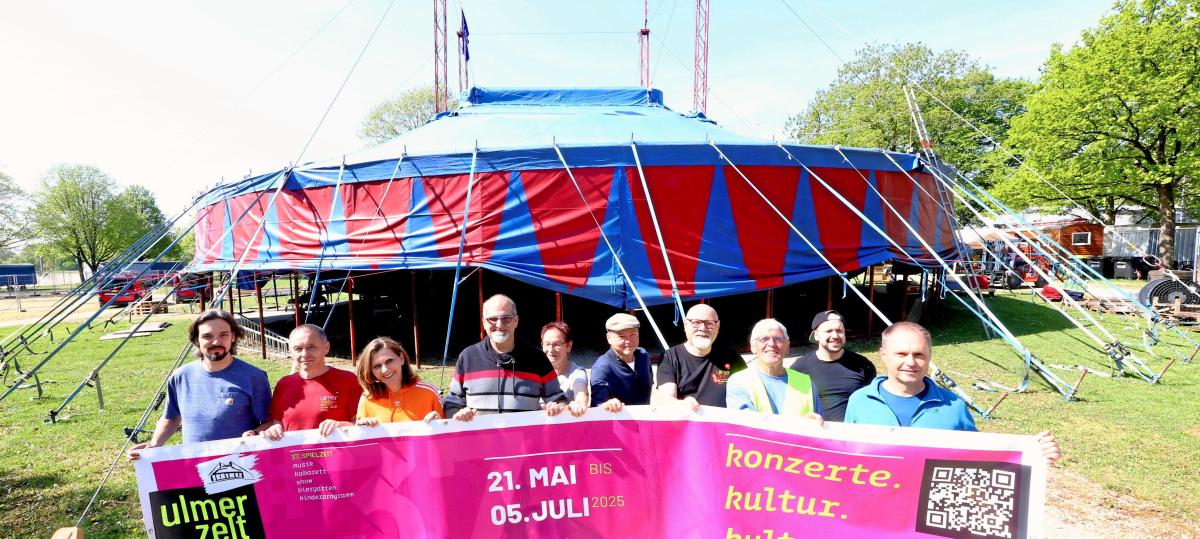When concerns the planned feed-in fee for photovoltaic systems?

The expansion of the power grid is expensive, also because more and more wind power, but above all Solar systems are connected. In order to distribute the costs as fair as possible, the Federal Network Agency discusses a fee for the feed -in of electricity into the public network.
What is behind the network charges?
The debate concerns all consumers. Because: You pay for the operation and expansion of the networks via your electricity bill. The so -called network charges are already making a good quarter of the electricity price, and the trend is rising. The Federal government However, she wants to lower or at least cover it. To feed even generated energy to the network costs nothing. But that could change.
Why is a fee for electricity generators discussed now?
Not only the connection of new systems costs money, but also the expansion and control of the networks. Wind and sun produce cheap, but very irregular energy. The larger your share of the electricity mix, the more complex it will be to operate the networks stable. So far, the costs for this have been primarily with the customers. Federal network agency boss Klaus Müller wants to change that. The idea behind it: Anyone who earns money with electricity production should also be involved in the costs for the networks that remove the electricity. In the Bavarian Ministry of Economic Affairs, one wants to wait and see what such a participation could look like. The conversation is an increased basic fee, but also a feed -in fee dependent on the amount. This would only be calculated for the electricity that the plant operator does not use himself, but feeds it into the network.
Solar systems are still profitable in the future?
From the perspective of the Kempten energy expert Martin Sambale, it has a « certain logic » to take on power generators. « But of course it must continue to be economically profitable to operate solar systems if we do not want to slow down the expansion of renewable energies, » he warns. Sambale assumes that the Federal Network Agency has an eye on. Especially among private individuals who think about screwing on the roof of solar panels, but also the emotional component play a role, that is, the question: Should I still get involved? « The most important task of the network agency and government will be to communicate it well, » says Sambale. After all, the systems cost less today than ten years ago.
What does a change in network charges for the industry mean?
The industry pursues the discussions with a certain tension. « It is not yet foreseeable which model will ultimately be implemented. However, we are confident that the Federal Network Agency and the Federal Government are aware of the high sensitivity of this topic for the profitability of new photovoltaic investments, » says Carsten Körnig, General Manager of the Federal Association of Solar Industry. Investors for large systems that have to market their electricity directly and, due to the oversupply at peak times, already achieve fewer yields, could deter the lack of planning security. Sambale recalls that the state has already choked a solar boom. Background: In order to boost the expansion of renewable energies, operators of solar systems had initially been guaranteed a certain acceptance price for their electricity over a certain period of time. When these tariffs were massively reduced, the demand collapsed that the German solar industry collapsed.
Are electricity storage even more important?
Experts agree that memory and an intelligent network are the decisive levers in order to use the solar power as efficiently as possible and reduce network expansion costs. For private households, it is more lucrative anyway to use the energy from your own roof than to feed online. To put it very banal: Load e-car or let the dishwasher run-best when the sun is shining. Or save the electricity and use it later. « Around 80 percent of newly installed private solar power plants are now combined with a battery storage, » confirms the Federal Association of Solar Economy. Since the prices for such smaller memory have dropped, they are becoming increasingly profitable. Especially if a feed -in fee would continue to press the income. But memory also gains importance for the commercial systems. You can also help to ensure security of supply when so -called « dark downs » prevails, so no wind is blowing and the sun does not shine.








